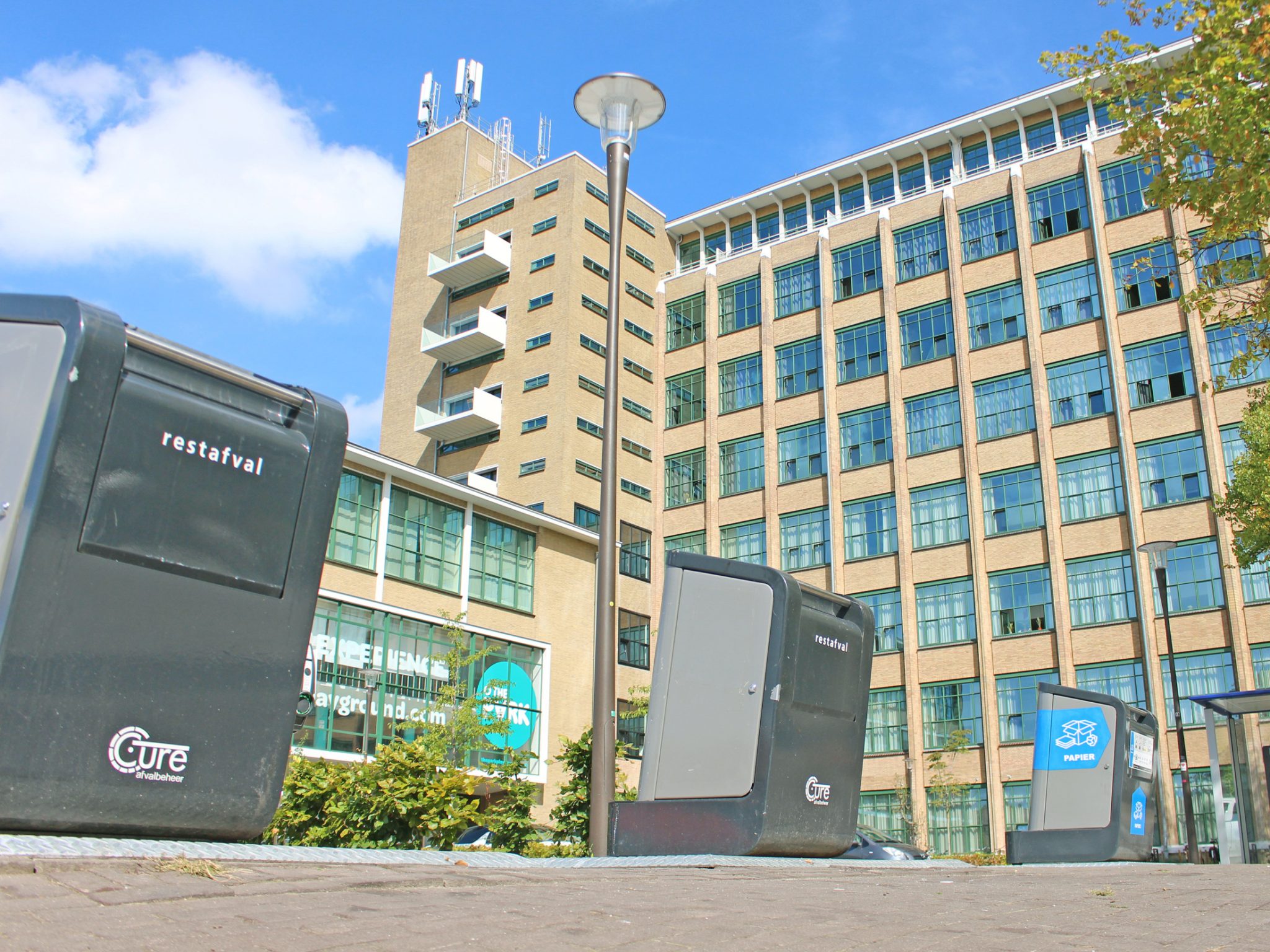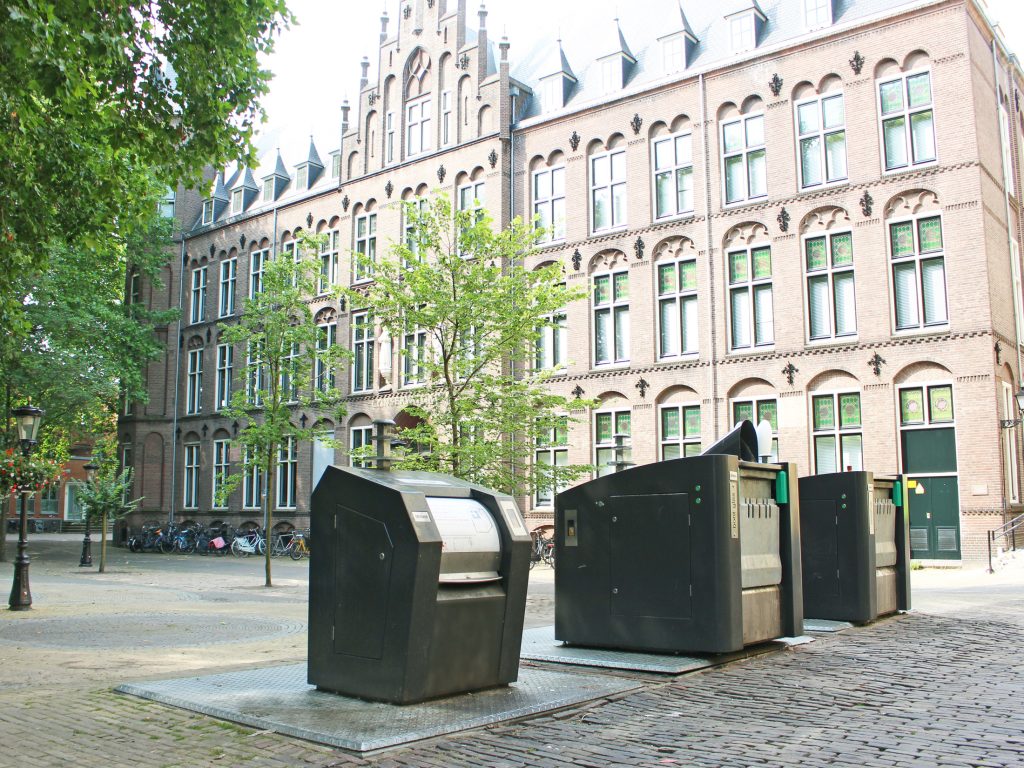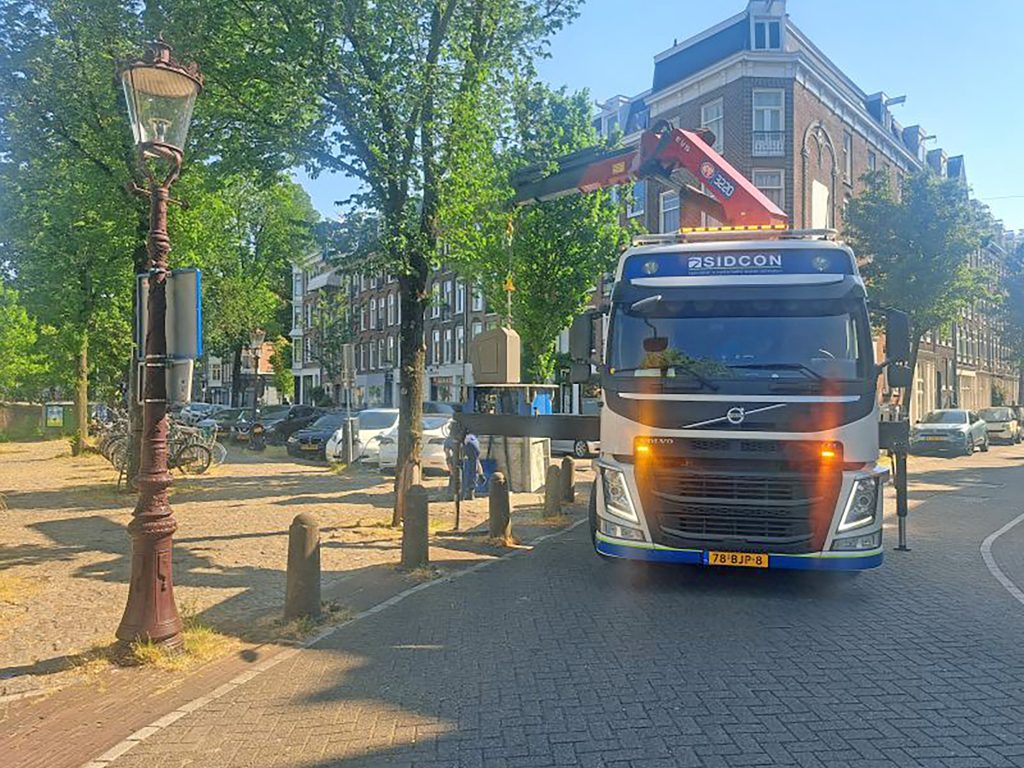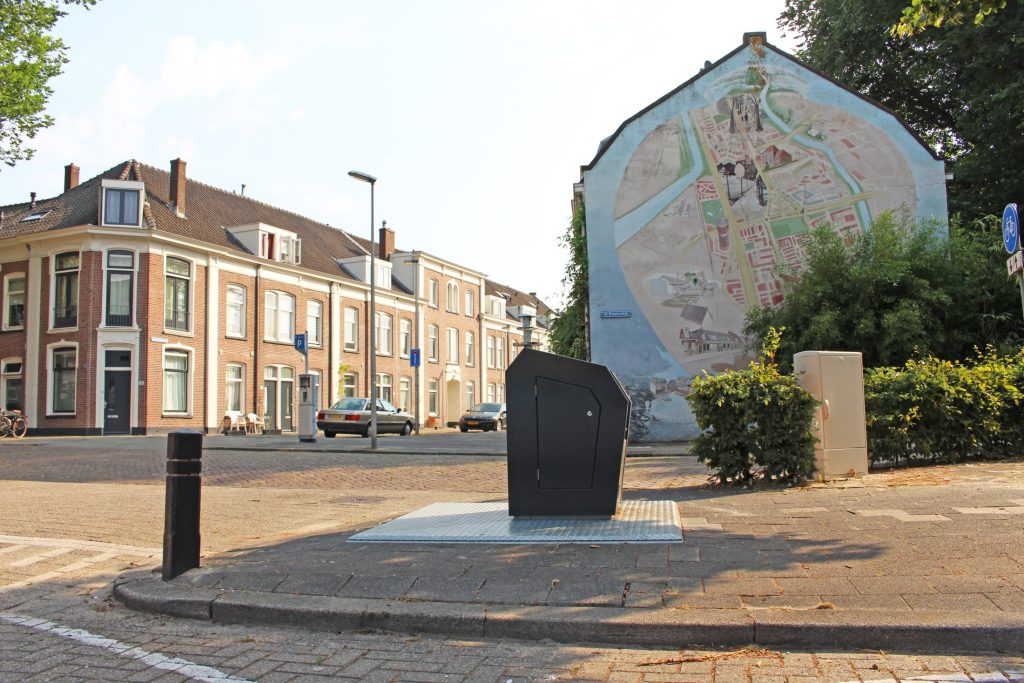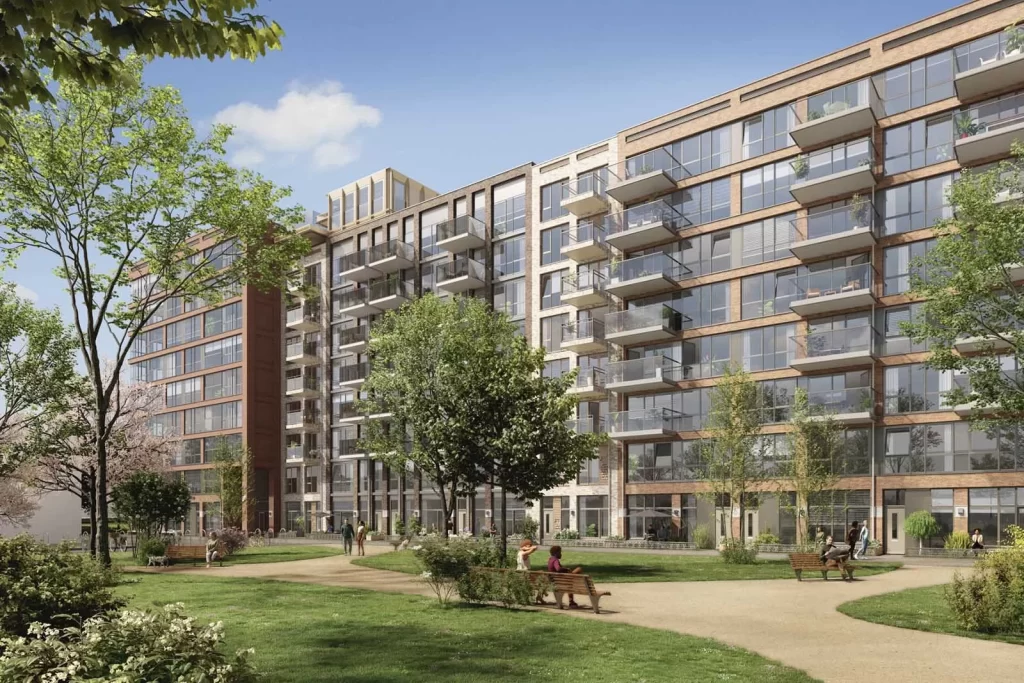In the first instance, the decision to opt for an underground compactor is made on the basis of its financial benefits. But there are additional benefits too: a reduced impact on (public) spaces, fewer traffic movements and reductions in carbon emissions are important factors too. To evaluate the financial benefits, at Sidcon we use the “rule of three”. For a set of 3 containers versus 3 waste collections per week, the Sidcon compactor is better on a number of different fronts.
Fewer waste collections with the underground compactor
The essential difference between the underground compactor and a standard underground container is the greater capacity of the former. Because waste thrown into the unit is compressed, the underground compactor doesn’t need to be emptied as frequently. This also means that refuse trucks make fewer journeys. So the financial benefits are immediately clear and tangible. Fewer kilometres also mean less fuel and lower vehicle maintenance costs. Fewer journeys also lead to personnel savings, either in terms of payroll costs or higher productivity. With a shrinking employment market and increasing wages, this is a distinct advantage.
